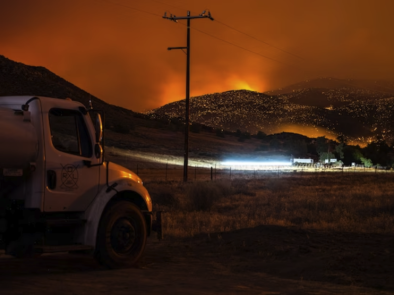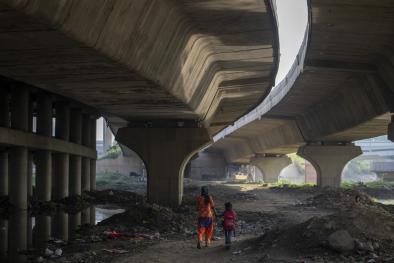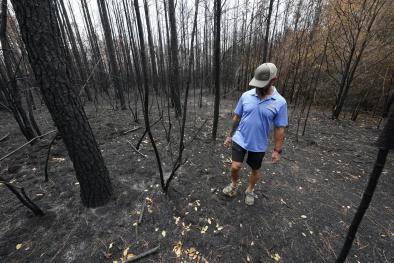Science Source
Adapt to more wildfire in western North American forests as climate changes
As wildfires continue to increase, more and more communities are threatened, and suppression simply will not be able to keep up. Through suppression, we’ve tried to make fire adapt to us, but going forward, we will have to adapt to it.
Tania Schoennagel, lead author
- Shows that forest density and climate change have converged to vastly increase catastrophic wildfire frequency and size in a way a that is entirely out of human control
- States that wildfires across western North America have increased in number and size over the past three decades, and this trend will continue in response to further warming
- Finds that, as a consequence, the wildland–urban interface is projected to experience substantially higher risk of climate-driven fires in the coming decades
- States that although many plants, animals, and ecosystem services benefit from fire, it is unknown how ecosystems will respond to increased burning and warming
- States that policy and management have focused primarily on specified resilience approaches aimed at resistance to wildfire and restoration of areas burned by wildfire through fire suppression and fuels management, and that these strategies are inadequate to address a new era of western wildfires
- Argues that policies that promote adaptive resilience to wildfire, by which people and ecosystems adjust and reorganize in response to changing fire regimes to reduce future vulnerability, are needed
- Proposes an approach that accepts wildfire as an inevitable catalyst of change and that promotes adaptive responses by ecosystems and residential communities to more warming and wildfire
Related Content
Headline

Nov 17, 2023 | Climate Nexus Hot News
Utility Responsible For Wildfire, CA Report Says
Headline

Oct 26, 2023 | Climate Nexus Hot News
The Planet is ‘Under Siege,’ Scientists Say
Headline

Oct 11, 2023 | Climate Nexus Hot News
Climate Change Forcing Children to Move
Headline

Sep 20, 2023 | AP
In a state used to hurricanes and flooding, Louisiana is battling an unprecedented wildfire season


